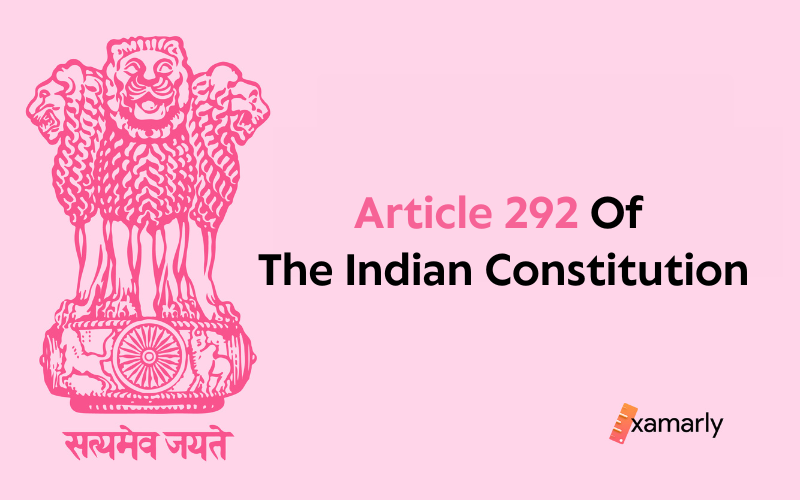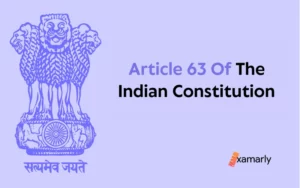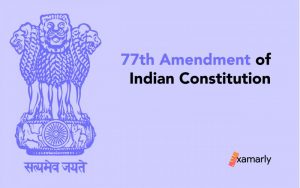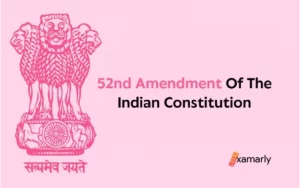Article 292 of the Indian Constitution talks about how the Union government has the authority to borrow money from the Consolidated Fund of India in the hour of need.
Let us dig deep into Article 292 of the Indian Constitution to have a better understanding of what is being said in the Article.
What Does Article 292 Of The Indian Constitution Say?
292. Borrowing by the Government of India The executive power of the Union extends to borrowing upon the security of the Consolidated Fund of India within such limits, if any, as may from time to time be fixed by Parliament by law and to the giving of guarantees within such limits, if any, as may be so fixed
The clause in Article 292 of the Indian Constitution says that the Indian Government Borrows Within such restrictions, if any, as may from time to time be prescribed by Parliament by legislation, the Union’s executive power extends to borrowing against the security of the Consolidated Fund of India and to the giving of guarantees.
Related – Article 271 Of The Indian Constitution
Summing Up
Article 292 of the Indian Constitution pertains to the power of the Union government to borrow money on the security of the Consolidated Fund of India.
It states that the Union government may borrow money on the security of the Consolidated Fund of India or any other public fund of the Union.
This article is part of the financial provisions of the Indian Constitution, which outline the powers and responsibilities of the Union government in relation to the management of the country’s financial resources.
FAQs
What is the Consolidated Fund of India?
The Consolidated Fund of India is a fund that is maintained by the Union government of India to receive all revenues and other receipts of the government, including loans raised by the government. It is used to pay for the normal, day-to-day costs of running the government, such as salaries, pensions, and other similar costs.
How is money transferred to the Consolidated Fund of India?
All revenues of the government, including taxes, duties, fees, and other receipts, are credited to the Consolidated Fund of India. In addition, money can also be transferred to the Consolidated Fund of India from other public funds of the government, such as the Contingency Fund of India and the Public Account of India.
What is the Contingency Fund of India?
The Contingency Fund of India is a fund maintained by the Union government to meet unforeseen expenditures. It is created by the Parliament through legislation and is administered by the Union government. Money can be withdrawn from the Contingency Fund without the prior approval of Parliament, but the Union government must report to Parliament about such withdrawals.
What is the Public Account of India?
The Public Account of India is a fund maintained by the Union government to receive all money that is not credited to the Consolidated Fund of India. It includes money received by the government in the form of loans, advances, and deposits, as well as any other miscellaneous receipts. Money from the Public Account of India cannot be used to meet ordinary and day-to-day expenses of the government and must be used for specific purposes as determined by Parliament.
How is the Consolidated Fund of India managed?
The Consolidated Fund of India is managed by the Union government, with the approval of the President of India. The Union government is responsible for preparing the budget, which is a statement of the estimated receipts and expenditures of the government for a financial year. The budget must be approved by Parliament before it can be implemented.






